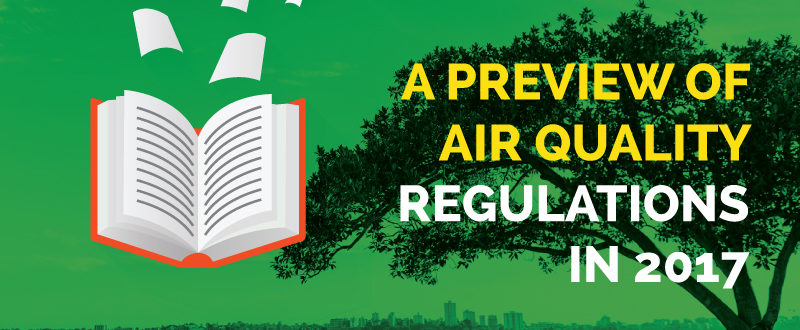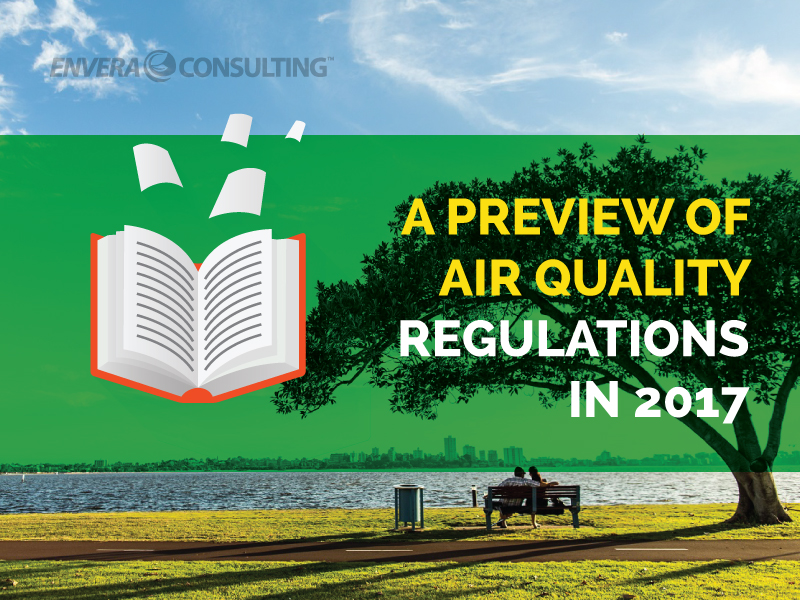

The South Coast Air Quality Management District (SCAQMD) has some of the most stringent air quality rules in the nation — for good reason.
Let’s start with the mission of the SCAQMD, taken straight from their website, with the most important piece emphasized:
The South Coast AQMD believes that all who live or work in this area have a right to breathe clean air. SCAQMD is committed to undertaking all necessary steps to protect public health from air pollution, with sensitivity to the impacts of its actions on the community and businesses.
That means that protecting the public from air pollution is the agency’s highest priority.
When determining the acceptable levels of air pollution, the SCAQMD uses guidelines set forth in the National Ambient Air Quality Standards (NAAQS), which were established by the U.S. Environmental Protection Agency.
In a nutshell, air with levels of pollutants above the NAAQS limit is considered “dirty,” while air with levels under the limit is deemed “clean.”
When our region’s air is in danger of becoming too mucked up, the SCAQMD creates regulations to help bring the air pollution levels in compliance with the NAAQS.
The main reason SCAQMD regulations are so stringent is because Los Angeles has had a history of having some of the dirtiest air in the nation, which means our local agency has had to work twice as hard as others around the country to ensure the region meets the national standards for clean air.
And that all boils down to creating stringent regulations to protect public health.
Last week, the SCAQMD released the final version of their 2016 air quality management plan (AQMP), a document that outlines the agency’s priorities in terms of current air quality, population growth, economics, technology, research, and development that the agency uses to come up with a plan to keep area air clean and breathable.
Broadly speaking, an area’s air quality is dependent on three main factors: the number of sources of air pollution, meteorology, and topography.
Given that two of those three are natural characteristics, air quality agencies can truly manage only one factor: the number of sources of air pollution in a given area.
Over the past six years, the SCAQMD has focused on reducing the amount of ground-level ozone as well as the amount of fine particulate in the region, since the concentration of these pollutants exceeds the NAAQS. The SCAQMD has placed the same focus on the 2016 AQMP.
The AQMP is also what drives the types of rules that the agency will be creating or amending in the next three years to meet the region’s air quality goals, which are generally defined as reducing the amount of ozone and fine particles in the ambient air.
Let’s look at three proposed measures that are on the table for adoption because of the 2016 AQMP:
1. Ammonia Emission Reductions From NOx Controls
(Affects businesses such as colleges, refineries, chemical plants, office buildings, etc., that use certain types of boilers and engines)
The control of nitrogen oxide (NOx) is a big deal because NOx is a precursor to ozone.
For some pieces of equipment, the predominant way to control NOx emissions is via a selective catalytic reduction (SCR) unit that reduces NOx to nitrogen and water in the presence of ammonia. Currently, most SCR units operate with a certain amount of ammonia slip (the amount of ammonia that doesn’t react with the incoming NOx).
These ammonia limits are currently set at 10 PPM (parts per million). However, under measure BCM-05, the SCAQMD proposes to lower the value of the acceptable ammonia slip, although that lower value has not yet been revealed.
2. Emission Reductions From Restaurant Burners and Residential Cooking
Under measure CMB-04, the SCAQMD proposes to fund the development, promotion, and incentivizing of the installation of low-NOx burners that are used in restaurants and residential cooking.
3. Emission Reductions From Cooling Towers
(Affects businesses such as chemical plants, refineries, and other industrial facilities)
Under BCM-02, the SCAQMD seeks to control emissions of particulate matter from industrial cooling towers by requiring the installation and use of drift eliminators on these pieces of equipment.
As stated in the AQMP, existing towers would need to be retrofitted with an eliminator with a 0.001-percent drift rate, while new towers would be required to have a 0.0005-percent drift rate. (A drift rate is the rate at which water droplets from a cooling tower are allowed to escape into the atmosphere.)
Planning for new rules and changes to existing rules is one of the ways that we help folks comply with the SCAQMD’s stringent regulations.
Contact us to get more information about how we can help you in 2017 and beyond.